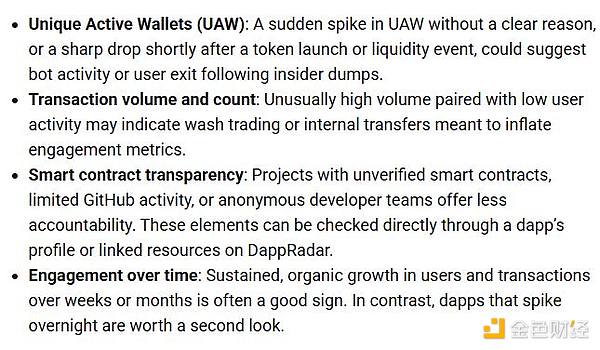Author: Stephen Katte, CoinTelegraph; Compiled by Wuzhu, Golden Finance
This year’s cryptocurrency rug pull cases are down 66% year-on-year compared to 2024, but recent data shows that the size of each rug pull has been increasing.
According to an April 16 report by blockchain analytics platform DappRadar, the frequency of rug pulls has declined year-on-year, with 21 separate events recorded at the beginning of 2024 and just seven so far in 2025.
However, according to DappRadar’s report, the Web3 ecosystem has lost nearly $6 billion to fraud since the beginning of 2025. However, the report attributed 92% of the decline to the collapse of Mantra’s OM token, which the founder strongly denied was a conspiracy.
By contrast, during the same period in early 2024, total losses from rug pulls reached $90 million.
“This shift suggests that rug pulls are becoming less common, but when they occur, they are far more destructive,” said Sara Gherghelas, an analyst at DappRadar.
“These scams are increasingly sophisticated and often orchestrated by groups with sophisticated brands and carefully curated narratives.”
Memecoin is the leading culprit in rug pulls
Gherghelas said the nature of rug pulls is evolving. In the first quarter of 2024, most originated from DeFi protocols, NFT projects, and memecoins. During the same time frame in 2025, most rug pulls occurred in memecoins.
Libra (LIBRA), the native Solana token of the Libertad project, is one of the most high-profile recent examples of a rug pull; on Feb. 14, the company’s market cap rose to $4.56 billion after Argentine President Javier Milei posted on X.
After he deleted the post, the token’s price dropped by more than 94%, sparking accusations of price gouging.
“Fraud and exit scams remain a persistent threat, especially in ecosystems where projects can quickly gain attention through hype, only to disappear overnight with user funds,” Gherghelas said.
“Despite growing awareness and more tools to detect suspicious behavior, rug pulls remain a recurring problem, especially in DeFi and newly launched token ecosystems.”
Gherghelas said red flags for rug pulls include a sudden surge in the number of active wallets for no apparent reason, or unusually high trading volume but low user activity.

DappRadar analyst Sara Gherghelas said there are several red flags that may indicate a project is a scam. Source: DappRadar
At the same time, unverified smart contracts, limited GitHub activity or anonymous development teams or DApps that proliferate overnight can also be a red flag.
"As the industry matures, the methods used by bad actors are becoming more sophisticated. But the tools available to users are also becoming more powerful." Gherghelas said.
“While rug pull behavior may never be completely eliminated, its impact can be greatly reduced when users are equipped with the right information.”
 Joy
Joy




